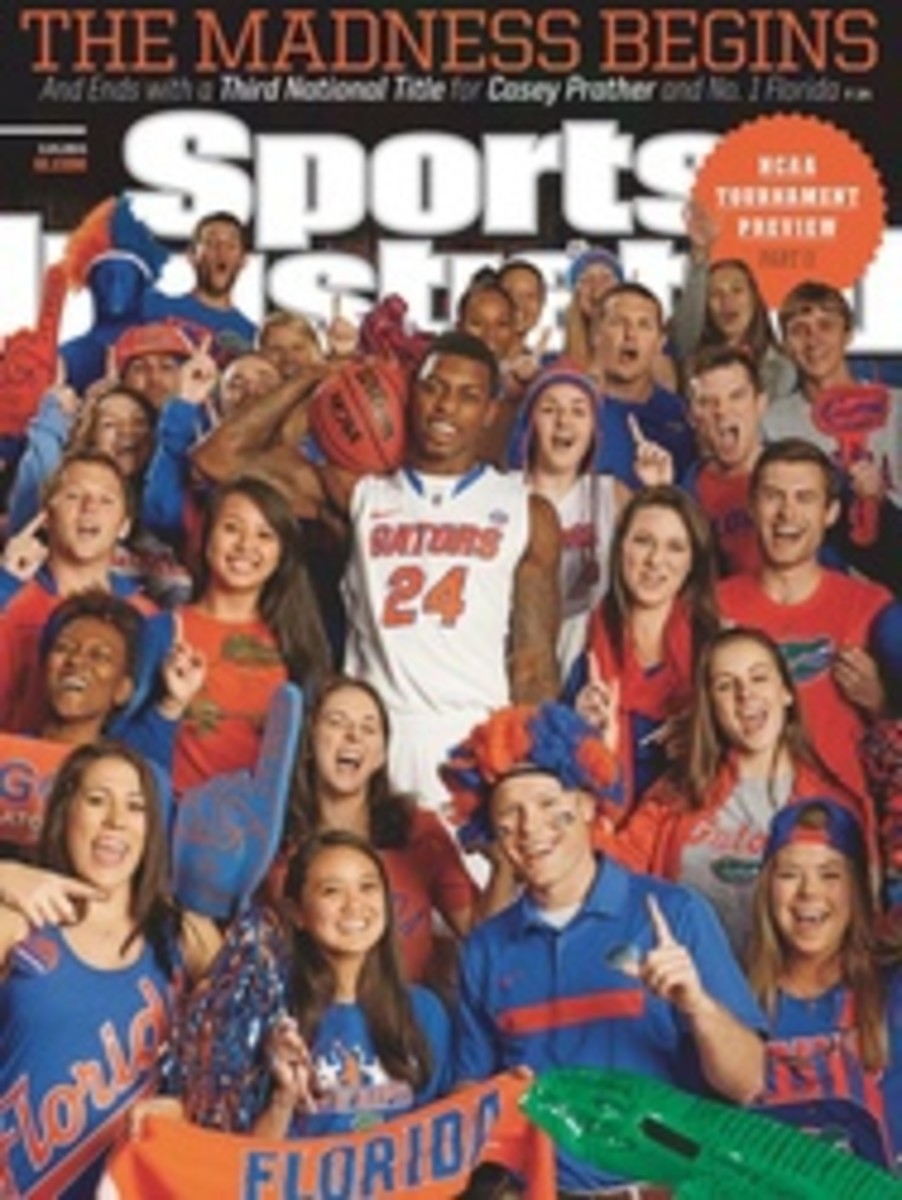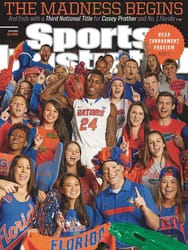
The Case for ... Killing the Block-Charge
How could he miss that call? Referee Tony Greene stood along the baseline in the waning seconds of a tight game as Syracuse forward C.J. Fair drove toward the hoop. At the last second Duke forward Rodney Hood stepped into Fair's path. There was contact, and Greene blew his whistle: Charge.
The call, back on Feb. 22, sent Orange coach Jim Boeheim into such a rage that he was ejected for the first time in his 38-year career. Duke won the home game 66--60, setting off several days of sports-media conjecture about whether Greene had gotten the call wrong. The difference between a block and a charge is so subtle, the list of considerations is so long and the amount of time given a referee to decide is so short that the question really should have been: How can anyone ever get the call right?
"I think that sometimes the circumstances are such that no human being can get the play right unless he's lucky," says John Adams, the NCAA's head of basketball officiating. "To expect every block-charge play to be called correctly and pass the scrutiny of frame-by-frame replay is unreasonable."
Unreasonable is the perfect word. It is simply unfair to ask officials to consistently call the block-charge correctly, which is why it should be stricken from the basketball rule book. Sort of.
To be clear, an on-the-ball defender's right to his position is important. What should be eliminated is a secondary defender's ability to step into a driving player's path near the basket and plant his feet, ready to fall at first contact. Let's make it simple: If players' hands are protecting their vitals, they aren't playing defense.
The keepers of the game seem to know this. Through the years the NBA and the NCAA have tried to clarify and curb the unholy mash-up that is the block-charge. When Steve Javie, an NBA referee from 1986 to 2011, entered the NBA, the unwritten default for a 50-50 call was always a charge. By the time he retired, it was a block.
Both the professional and college ranks have added the restricted area or "no-charge circle" under the basket. And the NCAA recently required the defender to be set earlier—when the offensive player raises the ball—in order to extend the window that the official gets to observe the play. But the tweaking has made it worse, because officials now have more to consider, all the while trying to ignore a mental image built up over years of what the call should look like. "We have not incorporated [the new rules] into our DNA yet," says Adams. "That's going to take time."
Some will argue that abolishing the charge gives offenses an unfair advantage. Maybe not. According to Hoopdata.com, NBA teams averaged 1.2 charges per game in 2012--13. If, instead of an offensive foul, those plays resulted in shot attempts at the rim and were converted at the league-average 64.6% on shots within three feet, scoring would increase by just 1.55 points per game per team. That's less than half of the 3.8 points-per-game bump that resulted when hand checking was outlawed.
More important, the change would reduce one of the ugliest scourges this side of the Premier League: the flop. And fewer dynamic offensive players would spend time on the bench after picking up cheap fouls. Defensively, the block rule keeps players on the ground; without it the game would be played more in the air, where it belongs. "I think you would have more exciting plays—verticality or blocks," says Javie. "You'd have defensive players trying to play defense at the basket and [go after the] ball. I think I'd like that."
On one of those plays at the rim, the official might miss the call, but without the block-charge rule, he'll at least have a chance to get it right.
Let's make it simple: If players' hands are protecting their vitals, they are not playing defense.
PHOTO
ETHAN HYMAN/RALEIGH NEWS & OBSERVER/MCT/GETTY IMAGES

